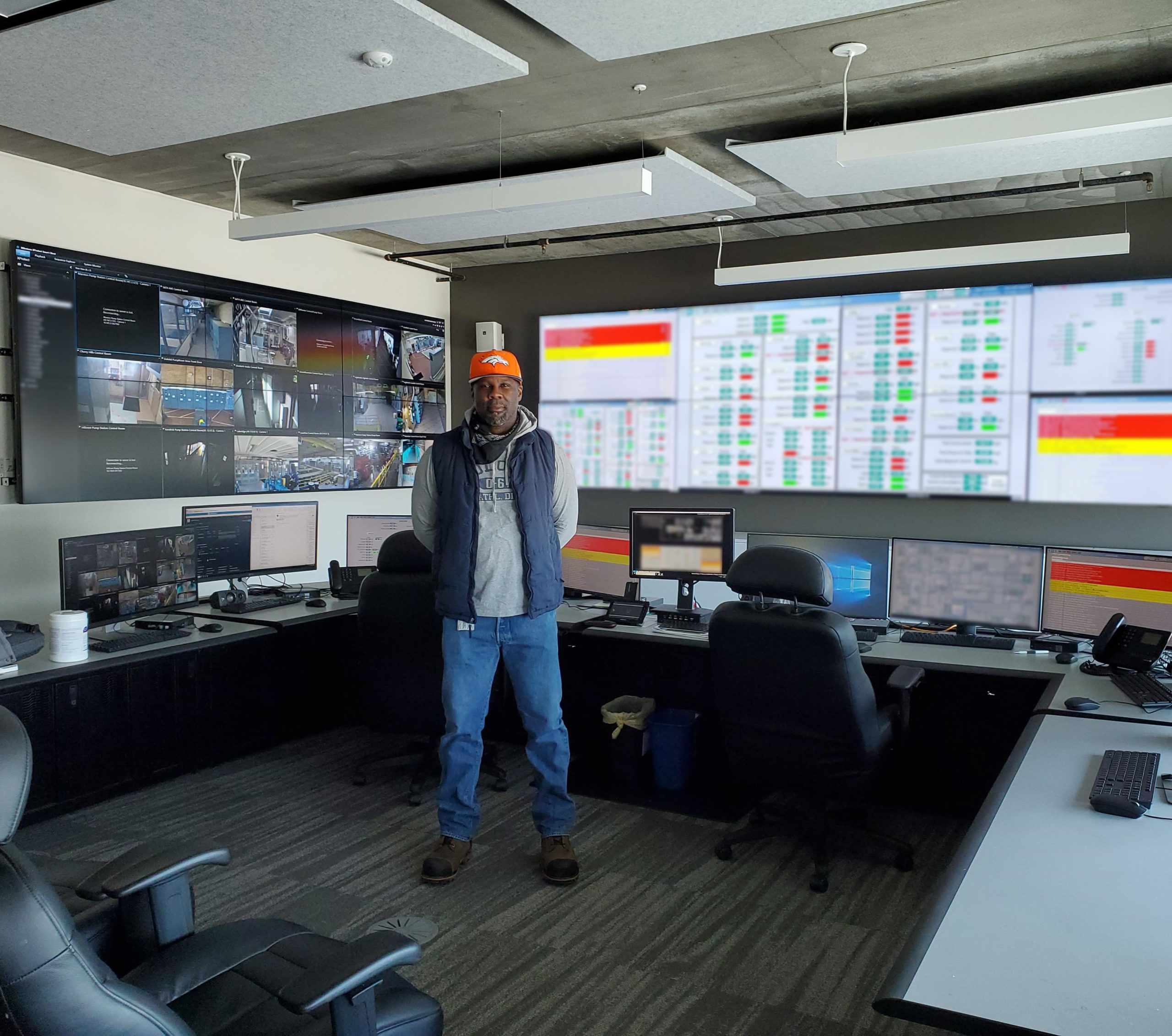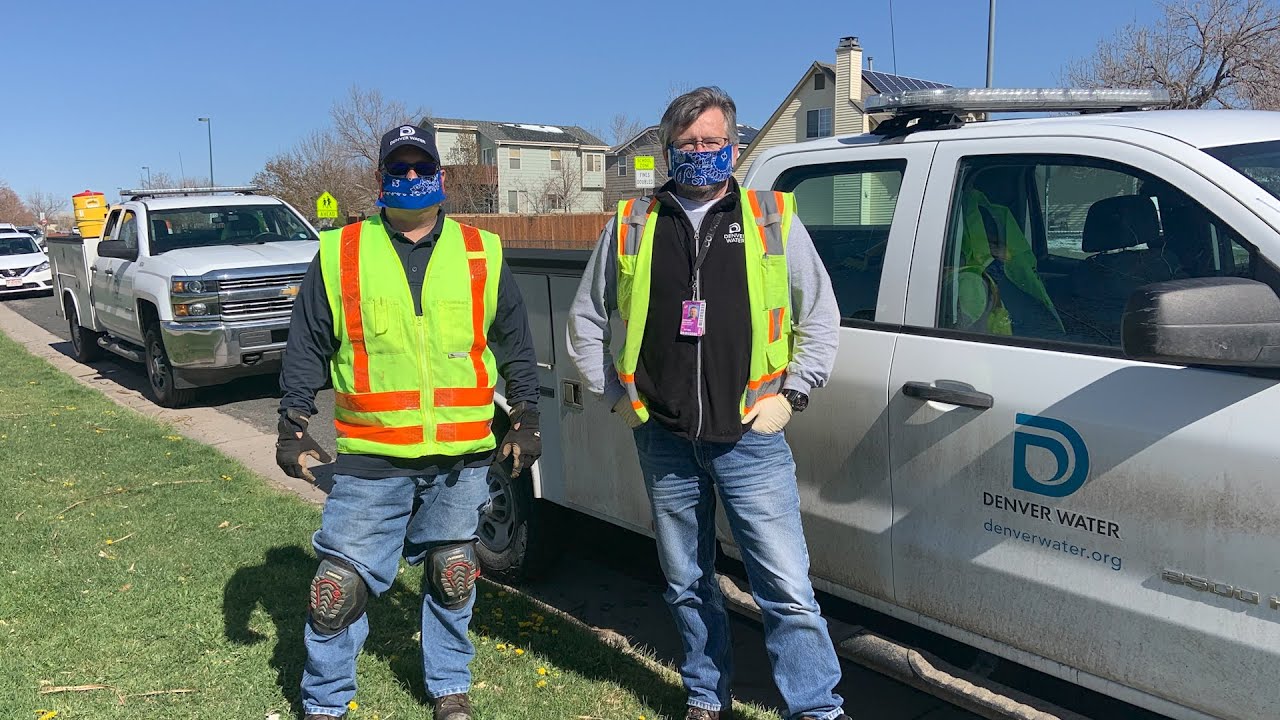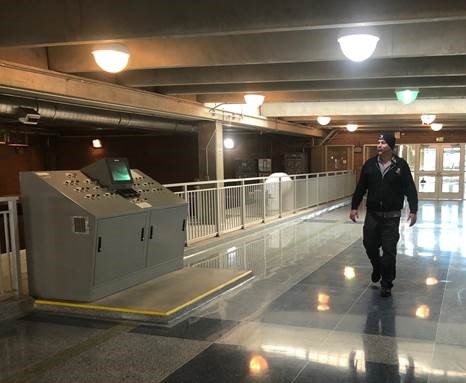
Water use patterns provide a sense of normalcy
From his perch in the control center at Denver Water, Phil Malone watches the city shift and stir, shaking off the night’s slumber.
He’s spent 24 of his 26 years at Denver Water working in a part of the utility’s water distribution group known as “load control,” which monitors the complex system of pipes, pump stations and storage tanks that deliver water to 1.5 million customers throughout much of the metro area when they need it.
As such, Malone, a manager in the water distribution group, is deeply familiar with the water use patterns of the metro area’s day, patterns reflected in the numbers on the wall of video screens Malone and his colleagues watch over.
“We see it all,” he said.
He knows that around 6 a.m., the numbers on the screens will start to flicker higher, as people turn on showers, fill coffee makers and tend to morning habits. As more people wake, more water is used, rising and fluctuating through the day until about 9 p.m., after dinner is done, evening baths are finished, and another day draws to a close.
Even in recent weeks, with stay-at-home orders in place at the local and state level, the pattern has continued, as reassuring as a city’s heartbeat.
“Even with the orders, some people are still going to work — the essential workers — that hasn’t changed,” Malone said.
“And people are still getting up. They’re making breakfast, taking showers. People like a sense of normalcy, doing the things they can control,” he said.
There are differences, of course.
As water use generally follows people, use in the commercial sectors — which includes office buildings and schools closed for weeks to slow the spread of the coronavirus — is down about 33% since stay-at-home orders were issued.
Residential use, including single-family homes and multifamily apartments, is up about 11%.
Overall water use is about 9% below normal, although at least half of that drop is due to wet, cooler-than-normal April weather.
Malone’s group also is working differently.
Denver Water’s large, complex water system includes more than 3,000 miles of pipes and 23 pump stations. Load control operators in Malone’s group ensure water is flowing and available when customers turn on the tap.
Their job includes working around scheduled outages, as pumps, facilities and even entire pipelines are occasionally taken offline for service, maintenance or repair. They also respond to alarms that signal a potential real-time problem, everything from an equipment and instrumentation issue to water quality and pressure levels.
Usually, there are two operators working a shift, sitting in the same location and talking to each other as they manage the system.
But Denver Water has dispersed employees as much as possible, with many teleworking and others working at a distance from colleagues. These days, one person sits in the main control room and the second is in a backup center, communicating by radio and telephone as adjustments are made.
And what used to be in-person meetings at shift change, to discuss what happened overnight and what the day might hold, are now done virtually, via phones, computers and apps, Malone said.
“We always practice for emergencies, but this isn’t your typical emergency. But we’re here. And to be able to run this 24-hour operation with our people working together — it’s pretty awesome,” Malone said.
“The technicians, the treatment staff, the source of supply people in the mountains and our crews in the streets, these people all have families and they’re here, they’re working, and they’re willing to do whatever needs to be done.”



